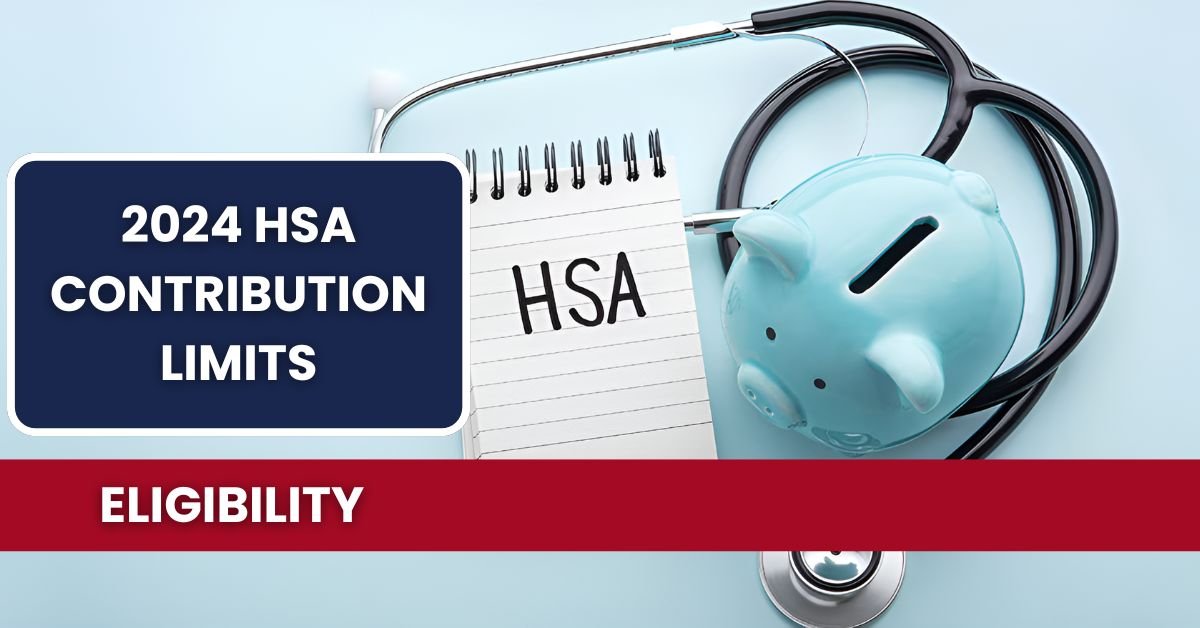HSA Contribution Limits: HSAs are contingent saving instruments that enable users with at least an HDHP to save for health care costs using pre-tax dollars.
Every year, there is a change in the base amount that can be contributed to the HSA, mainly due to inflation. It is therefore important to know these limits so that one can maximize the tax advantages of the HSA. Here is what you should know about HSA contributions for 2024 and 2025.
HSA Overview
HSAs offer three primary tax benefits:
- Contributions are tax-deductible.
- Earnings grow tax-free.
- Withdrawals for qualified medical expenses are tax-free.
While using HSA, people do not meet the same restrictions as someone using FSA, and thus the available amount can be used in any given year and does not have to be used within the fiscal year. You also hold the account the same way if you change jobs or switch companies.
2024 HSA Contribution Limits
Here are the limits that the IRS has put in place concerning HSA for the 2024 financial year:
- Self-only coverage: Up to $4,150.
- Family coverage: Up to $8,300.
- Catch-up contribution: The catch-up contribution for individuals 55 and older remains at $1,000.
If an individual does not maintain the HDHP for the full year, then he or she is also allowed to contribute only a part of these amounts.
However, if by the first of December of the following year you are still a member of an eligible HDHP, then you can contribute the maximum amount of money stated above with no penalties for being found to have contributed when you were not.
2025 HSA Contribution Limits
The IRS has increased the HSA contribution limits for 2025 as follows:
- Self-only coverage: Up to $4,300.
- Family coverage: Up to $8,550.
- Catch-up contribution: The catch-up contribution for individuals 55 and older remains at $1,000.
Inflation adjustments also come in handy in ensuring that one can save more as time progresses, hence commonly incorporated in an HSA.
| Year | Self-only Limit | Family Limit | Catch-up (55+) |
|---|---|---|---|
| 2025 | $4,300 | $8,550 | $1,000 |
| 2024 | $4,150 | $8,300 | $1,000 |
| 2023 | $3,850 | $7,750 | $1,000 |
HSA Eligibility Requirements
To contribute to an HSA, you must:
- Have an eligible HDHP.
- Not be covered by any other health plan (with a few exceptions).
- Not be enrolled in Medicare.
- Not be treated as dependent on another individual for his or her support as for payment of taxes.
2024 HDHP Requirements:
- Minimum deductible: As a result, individual passes cost $1,600, while family passes cost $3,200.
- Out-of-pocket maximum: $8,050 for individuals and $16,100 for families.
Benefits of Using an HSA in Retirement
It is possible for individuals at age 65 to use the money from the HSAs for nonmedical expenses without being subjected to the additional 20% penalty that is given to the under-65 individuals, although the distributions made for nonmedical expenses are subjected to the regular income tax.
The same applies to Medicare premiums as well as other health expenses in the later years of one’s life.
Penalties for Excess Contributions
Savings beyond this drawdown are subject to an additional 6% excise tax for every year they are held in the HSA.
Moreover, withdrawals for other purposes before attaining the age of 65 years are taxable and attract a 20% penalty.
Using HSAs Strategically
HSAs can also be used as a savings for retirement because one is allowed to invest in them and withdraw the money for qualified medical expenses without being taxed.
Companies such as young individuals who are relatively healthy will benefit from an HDHP with an HSA because they can save for their future expenses in the long run.
Like any savings plan, HSAs provide considerable tax breaks; however, one must remain cognizant of the contribution restraints along with the qualification criteria.
The Internal Revenue Service ushers in changes of these limits every now and then with the 2024 and 2025 contribution limits inherent in the escalating healthcare costs. The strategies that would assist you in getting the most out of your HSA involve increasing the monthly contribution so that it would assist you in covering both the present and future medical costs. Additionally, the money is pre-tax, and hence it decreases your taxable income.
FAQs
Q. What are the HSA contribution limits for 2024?
A. The limits for 2024 are set at $4,150 individual only and $8,300 for family only.
Q. How much can I contribute to an HSA in 2025?
A. For single coverage, the maximum contribution is $4,300, while for family coverage, it is $8,550 in 2025.
Q. Can I use an HSA after age 65 for non-medical expenses?
A. Well, if you are above 65 years of age, you can actually spend not only on qualified medical expenses but on any other need you wish, although the money is considered taxable income then.

